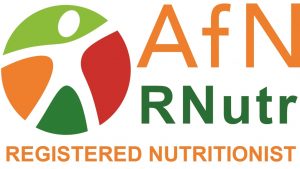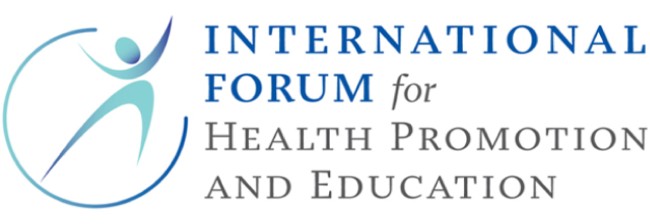Business travel can be exhausting, especially if we travel regularly, long haul.
Choosing the right meal is vital to help us have a healthy travel experience.
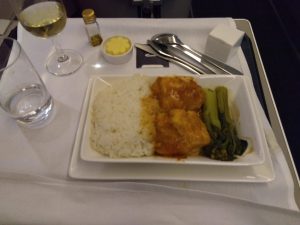
The problem is that our meal is served in a dehydrating atmosphere that dries our nasal passages, there is low air pressure and often it’s noisy. Our senses are numb and curries and salty casseroles are the easy catering option.
Airlines want to provide a happy dining experience, especially towards the front of the plane. Celebrity chef consultants such as Gordon Ramsay for Singapore Airlines (who since commented that he won’t eat plane food ever again), Heston Blumenthal (British Airways) and Joel Robuchon (Air France) have been employed to reproduce an airline equivalent of fine dining. If it’s hard for them, it’s harder for us. We need to leave the plane feeling rested and alert, not stressed and lethargic. The meal matters!
Why Fish?
The Executive Chef at Cathay Pacific Catering says that passengers require comfort food which is instantly recognizable. We don’t like surprises, fish usually looks like fish.
CNN travel found that the foods hardest to successfully produce after being cooked, chilled and reheated were: pasta, never al dente; chicken breast can be dry after preparation in a small dish and anything deep fried. The best results are casserole type dishes or those cooked in a sauce. Curries often feature as they combine moistness with a strong umami flavour, but they can be greasy and heavy.
Ease of Digestion
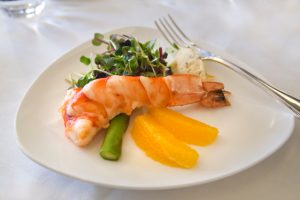 On a long flight, a light meal option is the easiest to digest, salad, vegetables and if possible, fish.
On a long flight, a light meal option is the easiest to digest, salad, vegetables and if possible, fish.
During digestion, blood is diverted to the stomach and intestines to transport energy and nutrients around the body. A meal high in fat takes much longer to digest therefore requiring a larger blood supply for a longer period. The most common medical emergency on long flights is fainting, occurring when people have been sedentary for long periods and suddenly stand, causing a lack of blood to the brain. Fish is low in fat and therefore easily digested, but a rich meal, with alcohol, can make us lethargic and less likely to keep active on-board.
Protein Provides Satiety
Long haul meal services no longer provide a constant flow of food, we are much less likely to overeat, but it’s important to get a healthy meal that satisfies. Fish is around 25% protein, so we get the satiety without overloading on calories.
Fish is Very Nutritious
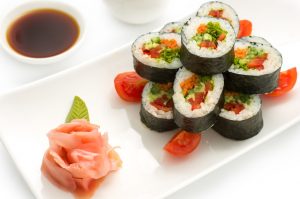
Apart from being rich in protein, white fish has a useful amount of B vitamins, including B12, a little Vitamin D, some calcium and zinc. The fat content is low and is mostly the heart-healthy mono and polyunsaturates. Salmon is a favourite in airline meals and is rich in Vitamin D, which can often be lacking in our diet. Salmon is closer to 14% fat, however, this includes the valuable omega-3 fatty acids and a little fat can make the fish less likely to become dry.
Airlines such as Qantas, now let you chose your meal ahead of the flight. Checking out the menu before a long flight can help us plan ahead. A fruit snack is also a pleasant, healthy addition to many airlines food service. Even with the knowledge that fish is on the menu, the longer the journey, the more healthy snacks I’ll bring with me – and hydration is key to arriving fit for work, I’ll always bring extra water.
© ExtraVitality 2018



























